Plastic-hungry fungus rebuilds a community
From mushrooms to plush rooms: Fungus can not only create construction materials, it can even use plastic waste to do so.
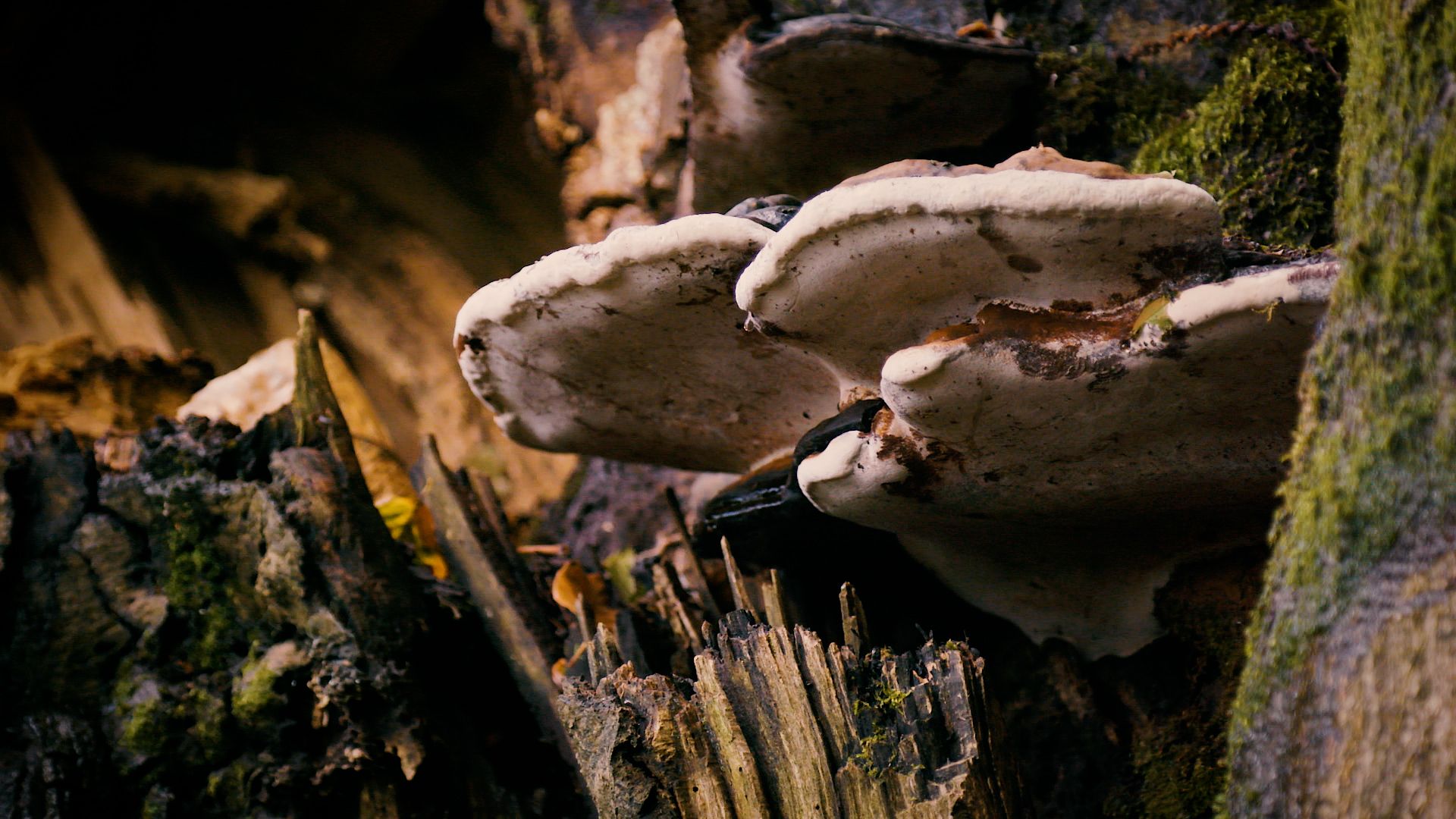
All over the world, biotech startups are cleaning up our toxic way of living by discovering new ways of harnessing the power of nature. But instead of fighting against the status quo, one London company is changing it from within by working alongside local communities to create a more sustainable future.
We all know that plastic and pollution choke many parts of our lives, but the sheer scale of the situation shocked Ehab Sayed into making a decision that could revolutionize the industry.
"When I started my Master's degree at Brunel University, I led a research project investigating the waste streams in the UK, and what I found is that the construction industry was generating incredible amounts of waste," he tells RAZOR.
He's not wrong. The production of cement creates so much CO2 that if the industry were a country, only China and the U.S. would emit more in a year. But Sayed believes that nature can show us how to create greener building material options; you just have to know where to look.
Sayed founded Biohm, a multi-award-winning bio-manufacturing company led by research and development. At the company's R&D labs in London, he shows RAZOR the threads of mycelia, the vegetative parts of a fungal colony.
Mycelia (the plural of mycelium) act like the world's janitor, cleaning up nature through the decomposition and cycling of nutrients. And under the right conditions, mycelia can be solid enough to be used as construction material – and that's precisely what Biohm is doing: growing sustainable, regenerative insulation panels.
"When we were looking at the materials that need to be addressed, it was very clear that insulation, sheet materials and concrete or structural materials were the main three key areas," explains Sayed.
"So when it came to investigating insulation, we wanted to look for examples in nature of structures that are naturally grown and are naturally created to achieve the highest level of porosity."

A man walks past a cement factory in Jammu, India. /Channi Anand/AP Photo
A man walks past a cement factory in Jammu, India. /Channi Anand/AP Photo
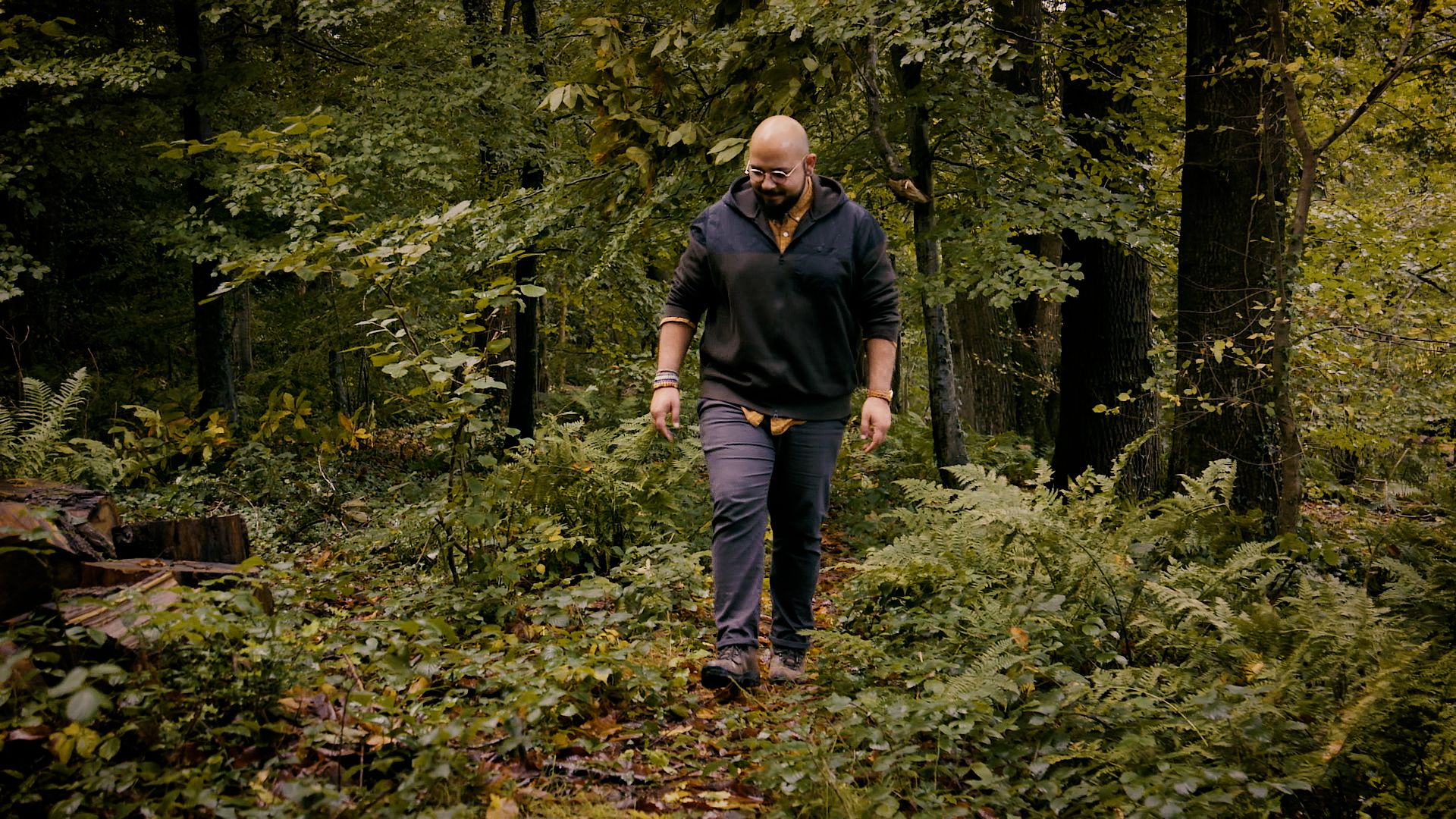
Ehab Sayed founded Biohm with the intention of cleaning up construction. /CGTN
Ehab Sayed founded Biohm with the intention of cleaning up construction. /CGTN
Harnessing nature's genius

When we walk into a field or forest, often the only part of a fungus we can see is the fruiting body, such as a mushroom, which is found above ground. These contain reproductive spores which are shed and carried away by the wind, animals or water. If they land where there is moisture and food, they can germinate and produce hyphae – microscopic tubular filaments or threads.
These hyphae repeatedly divide along their length, creating long branching chains until they form a network of threads known as mycelium, which is visible to the naked eye – often the characteristic white 'furry' stuff you see near fungus.
As the mycelium spreads it releases digestive enzymes, allowing it to break down organic matter such as wood into smaller molecules which feed the fungal network, helping it to grow. At Biohm, they're harnessing that ability, as the firm's lead biodesign engineer Francesco Verderosa shows RAZOR.
"Mycelium is these little filaments, these little hairs that you see growing," points out Verderosa. "When it gets really, really dense, these networks of fibers create something solid." He hands a sample to RAZOR's Emma Keeling, who describes it as "a plasticky, woody-come-mushroomy kind of texture."
And it requires very little input, says Verderosa: pop a little piece of mushroom ("you literally need a microscopic bit") onto a petri dish of agar ("a very nutritious jelly, essentially") and that will provide the start-up medium for seven insulation panels.
The mycelia are fed on nutritious biomass and waste products such as grains, which eventually become part of the panel. As the mycelium grows, it consumes the waste, filling the gaps, creating a dense mass within the container.
The panels are then cured, killing the mycelium and making the product ready for market. From the petri dish to the panel takes about six-and-a-half weeks – but will it sell? Sayed is confident it will not only match but outdo traditional rival materials.
"It's out-performing almost everything on the market when it comes to thermal conductivity, health and wellbeing impact, the fire resistance of the material – and we're able to achieve all these advances just by harnessing nature's genius rather than adding coatings and chemicals."
Another potential bonus is sound insulation. "The acoustic properties of mycelium are incredibly advanced," says Sayed. "We're currently accrediting our insulation for both acoustic and thermal insulation."
"A material that's natural and good for the planet is always attached to a premium label. We want to show that sustainability can become mainstream and can be the norm."
The idea is adaptable: the quality and consistency of the panels changes dependent on different species of fungus and what they are fed. There are also sheet materials made out of biowaste such as orange peel and a skin of mycelia, which is like leather.
As experiments continue, Sayed has his eyes on the big prize – one that could save the planet. Asked when he might be able to build a house out of fungus-sourced products, he replies "That's where our plant-based concrete comes in – and that's what we're working on over the next two years."
Sayed is well aware that the eco-friendly nature of the material is a key selling point – "It's a completely natural product" – but he doesn't think high ideals need to come with a high price.
"Sustainability's always perceived to be a premium: a material that's natural and good for the planet and good for us is always attached to a premium label. We want to show that sustainability can become mainstream and can be the norm."
One way to reach the mainstream is to reach out to communities in need. To really change the industry, Sayed believed Biohm needed to include a component of social science as well. As luck would have it, that was about the time the Onion Collective called.

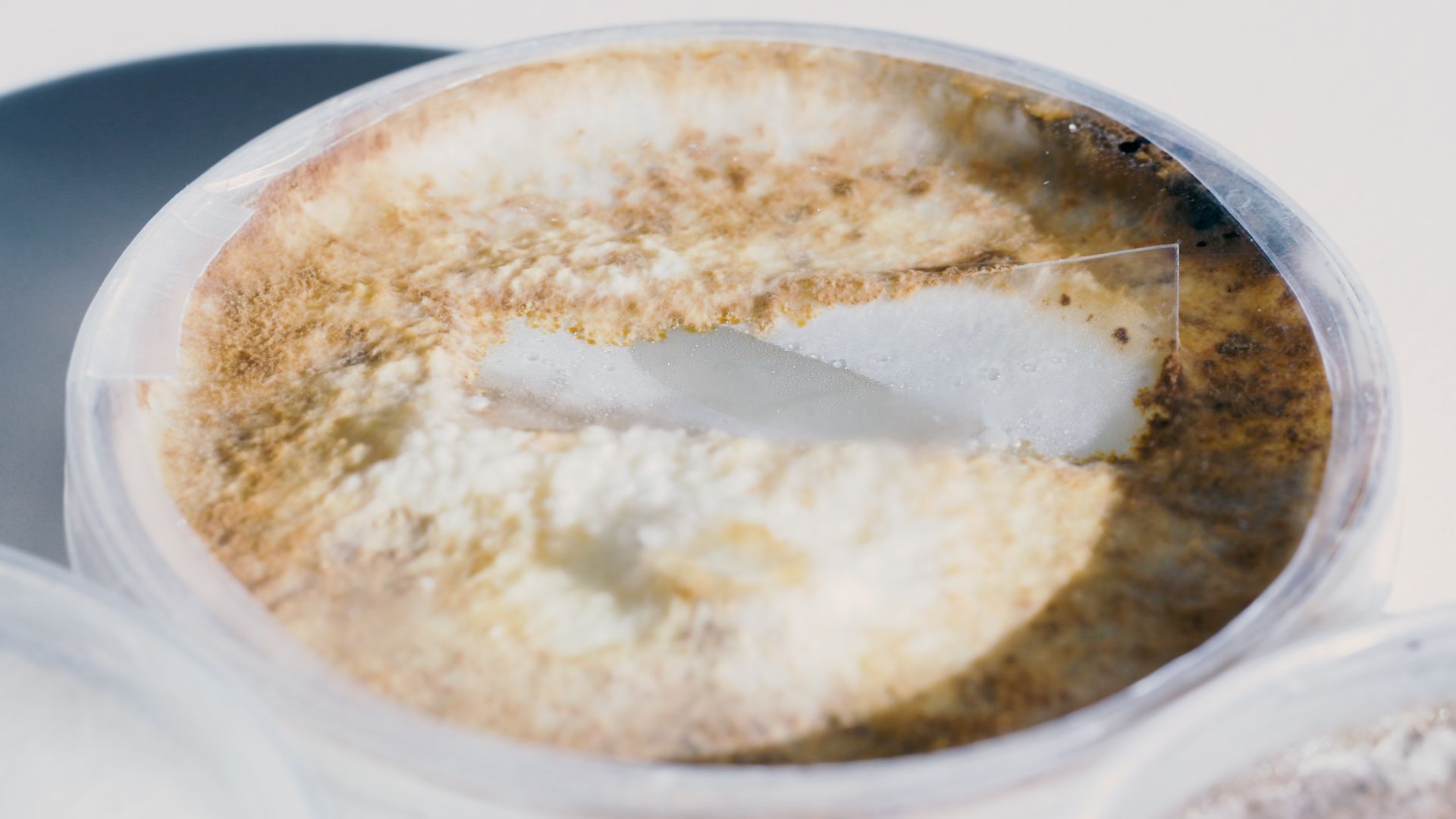
Threat and opportunity
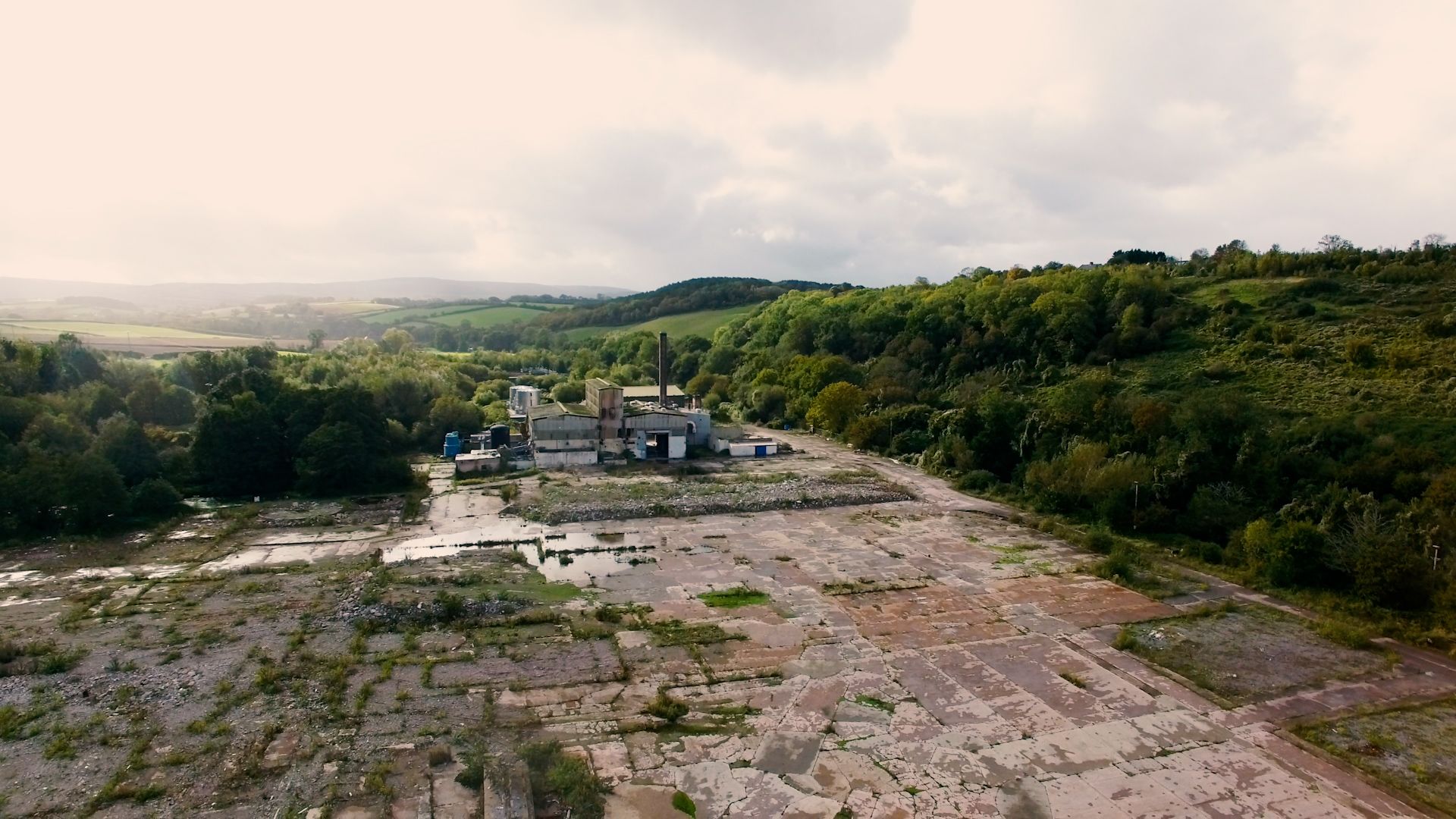
Perched on the west coast of England in the largely rural county of Somerset is the harbor town of Watchet. It has a population of less than 4,000 but that number includes a handful of very determined, professional women.
The Onion Collective was formed in 2013, shortly after the collapse of plans for a major quayside development of apartments. Aiming to provide an alternative to purely commercial redevelopment, the Collective set out to empower the community.
"The market doesn't really work here," says Onion Collective director Jessica Prendergast. "The state increasingly doesn't have any money here. We have the lowest social mobility in the whole country in this part of West Somerset. So if someone else doesn't do something, then the place just kind of quietly gets worse and worse."
Between them, its directors had wide-ranging previous experience in running community facilities, managing tourist attractions and cultural events, carrying out local environmental conservation work and conducting academic and government research.
Having consulted the community, the Collective restored the local Boat Museum, erected a pavilion and a purpose-built visitor center, and restored a derelict field into a community garden.
Redevelopment often comes as a possibility born of necessity: a rebirth from the death of something else. In Watchet's case, one of the town's biggest redevelopment possibilities came out of a closure that hit the town hard.
"I wouldn't say it was a hard sell. It was a confused sell. Everyone was like 'Wow! ...what?'"
The people of Watchet had been making paper since 1652, and by the turn of the 20th century the Wansbrough Paper Mill was the UK's largest producer of paper bags. Over that century it began producing cardboard and then coreboard, a key building material – but in 2015, the plug was suddenly pulled.
"It closed at the end of 2015, on Christmas Eve," recalls Onion Collective director Sally Lowndes. "And it was 175 jobs, so absolutely massive – 20 percent of the town's workforce lost their jobs overnight. Devastating." The closed mill stood slowly rotting, a melancholy emblem of manufacturing decline.
However, out of threat can come opportunity. For Biohm, this was a population with a relevant skill-set: not just the manufacturing, but redevelopment via the Onion Collective. There's even a scalable factory available to operate from.
But while Watchet would work for Biohm, would Biohm make sense to the people of Watchet? Was the manufacture of mycelium insulation panels a hard sell to the locals?
"I wouldn't say a hard sell. It was a confused sell," laughs Onion Collective director Georgie Grant. "Everyone was like, 'Wow! ...what?' But once you explain that mushrooms eat waste and you can make things from the roots of mushrooms then everyone's like, 'Oh wow, that's the future.'"

Redevelopment hasn't always been easy in the small harbor town of Watchet. /CGTN
Redevelopment hasn't always been easy in the small harbor town of Watchet. /CGTN
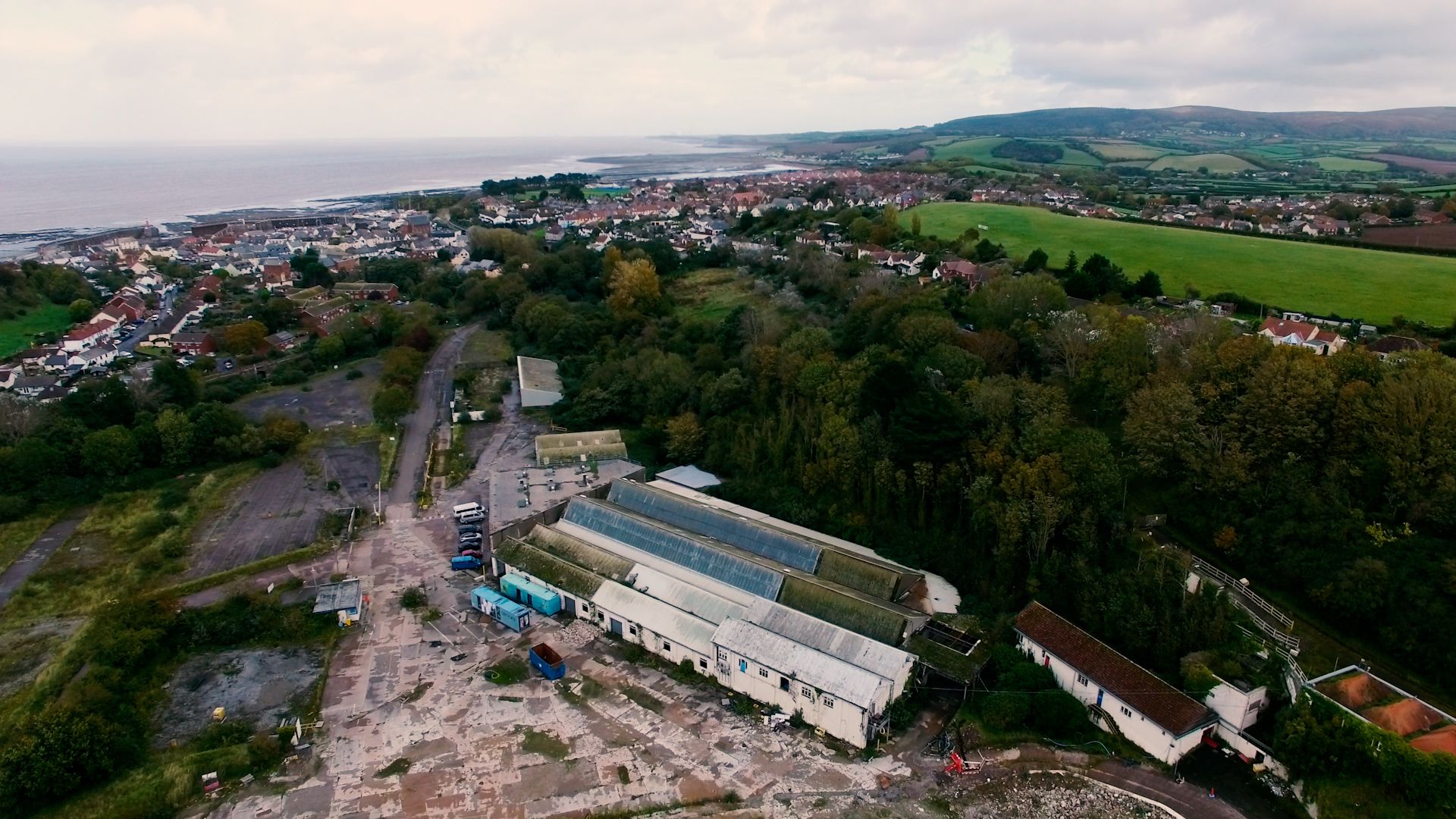
In 2015, the Wansborough Paper Mill closed, costing the town 20% of its jobs. /CGTN
In 2015, the Wansborough Paper Mill closed, costing the town 20% of its jobs. /CGTN
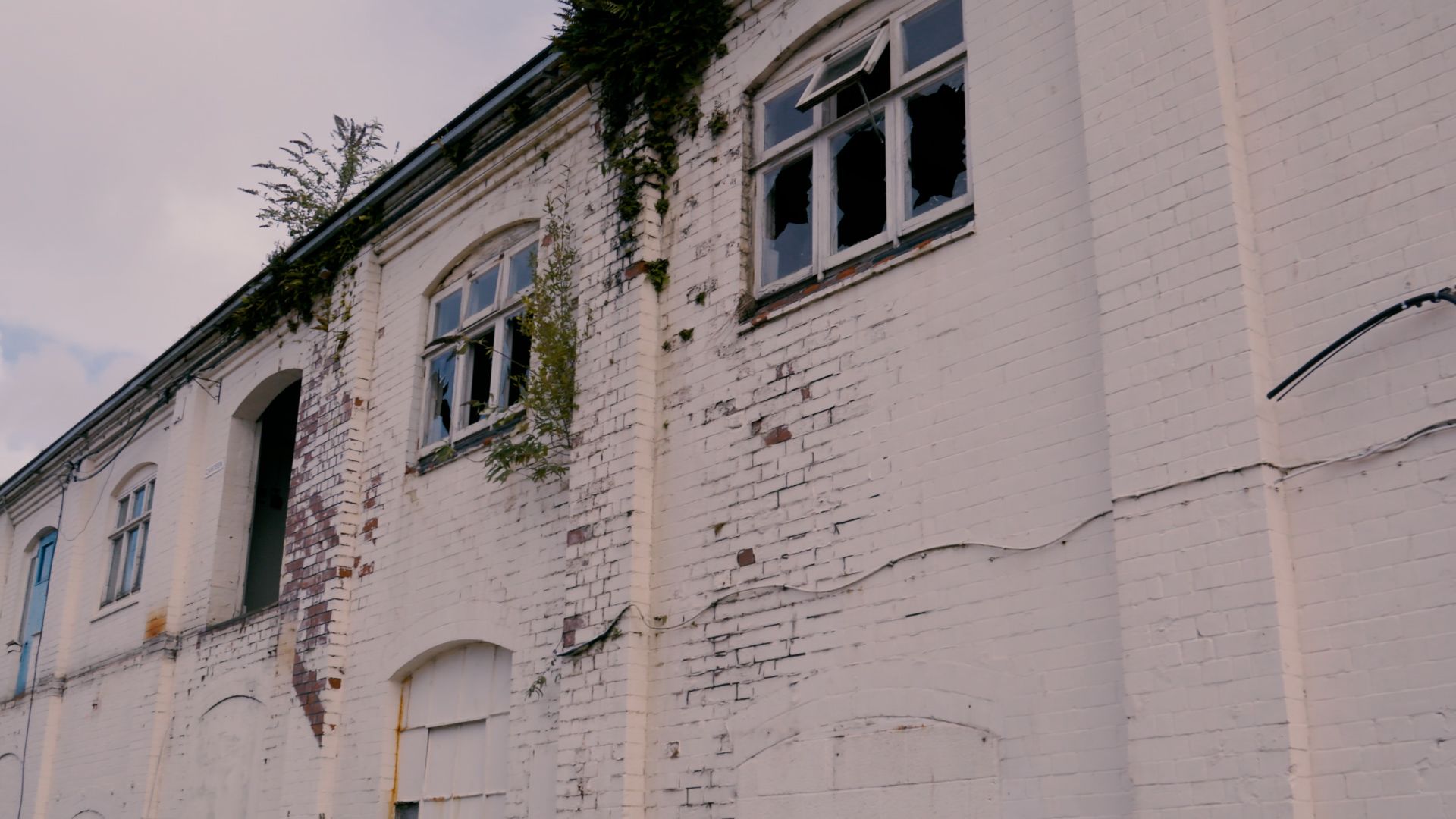
However, a large industrial site presents an opportunity for Biohm. /CGTN
However, a large industrial site presents an opportunity for Biohm. /CGTN
Circular production
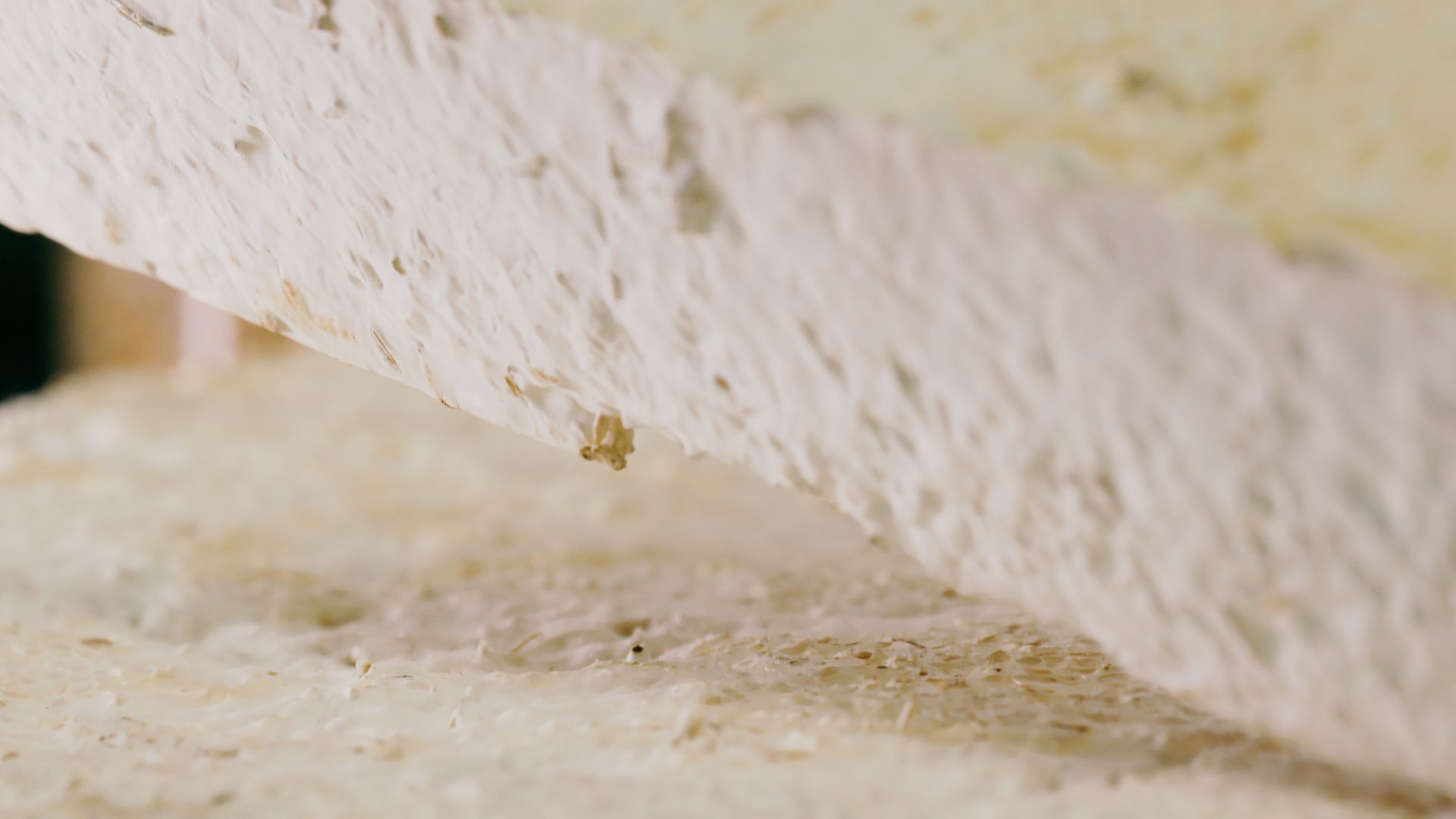

The coastal town of Watchet had been hit hard by the closure of the paper mill. /CGTN
The coastal town of Watchet had been hit hard by the closure of the paper mill. /CGTN
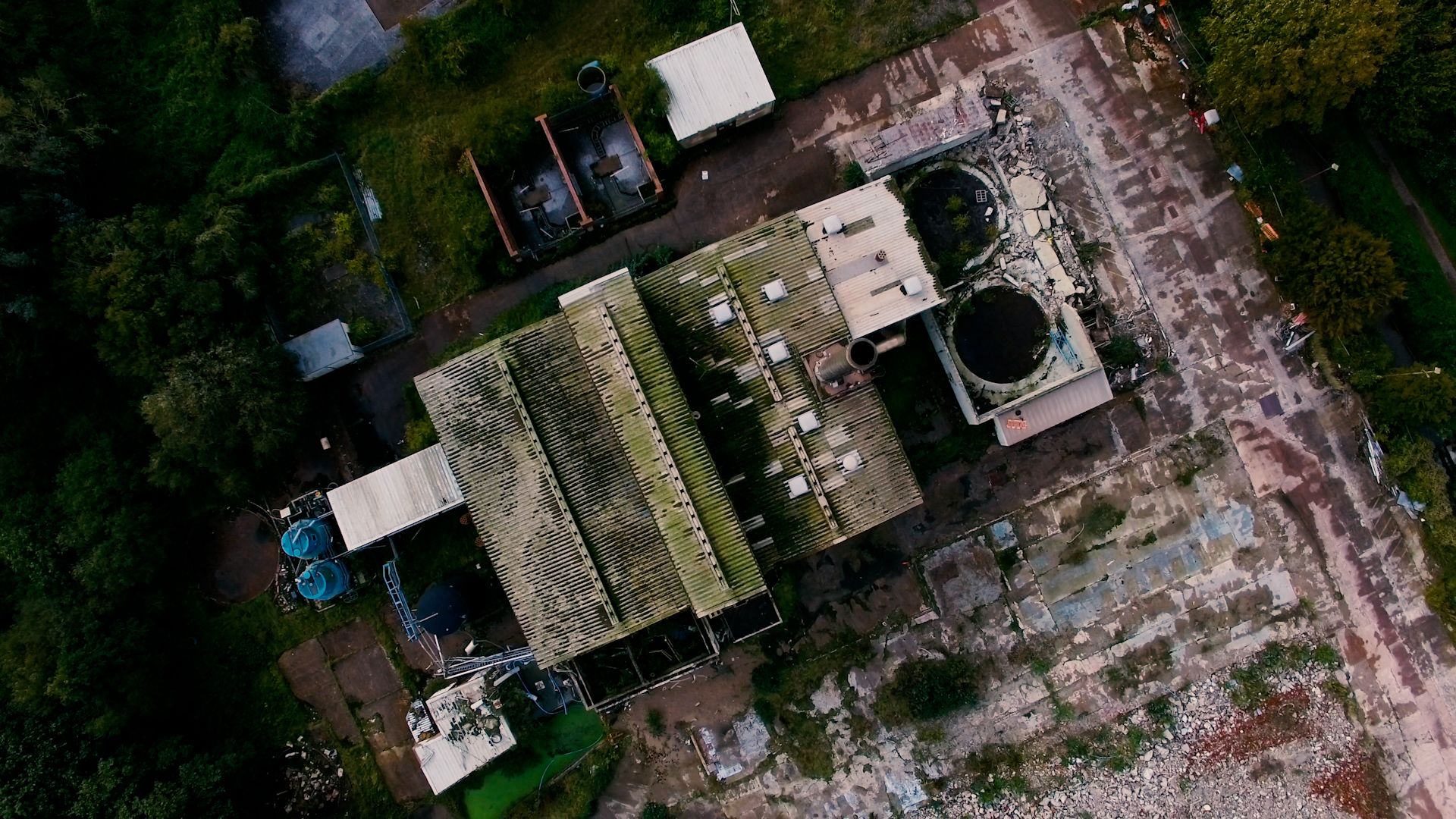
The mill facility was crumbling since closing in 2015. /CGTN
The mill facility was crumbling since closing in 2015. /CGTN
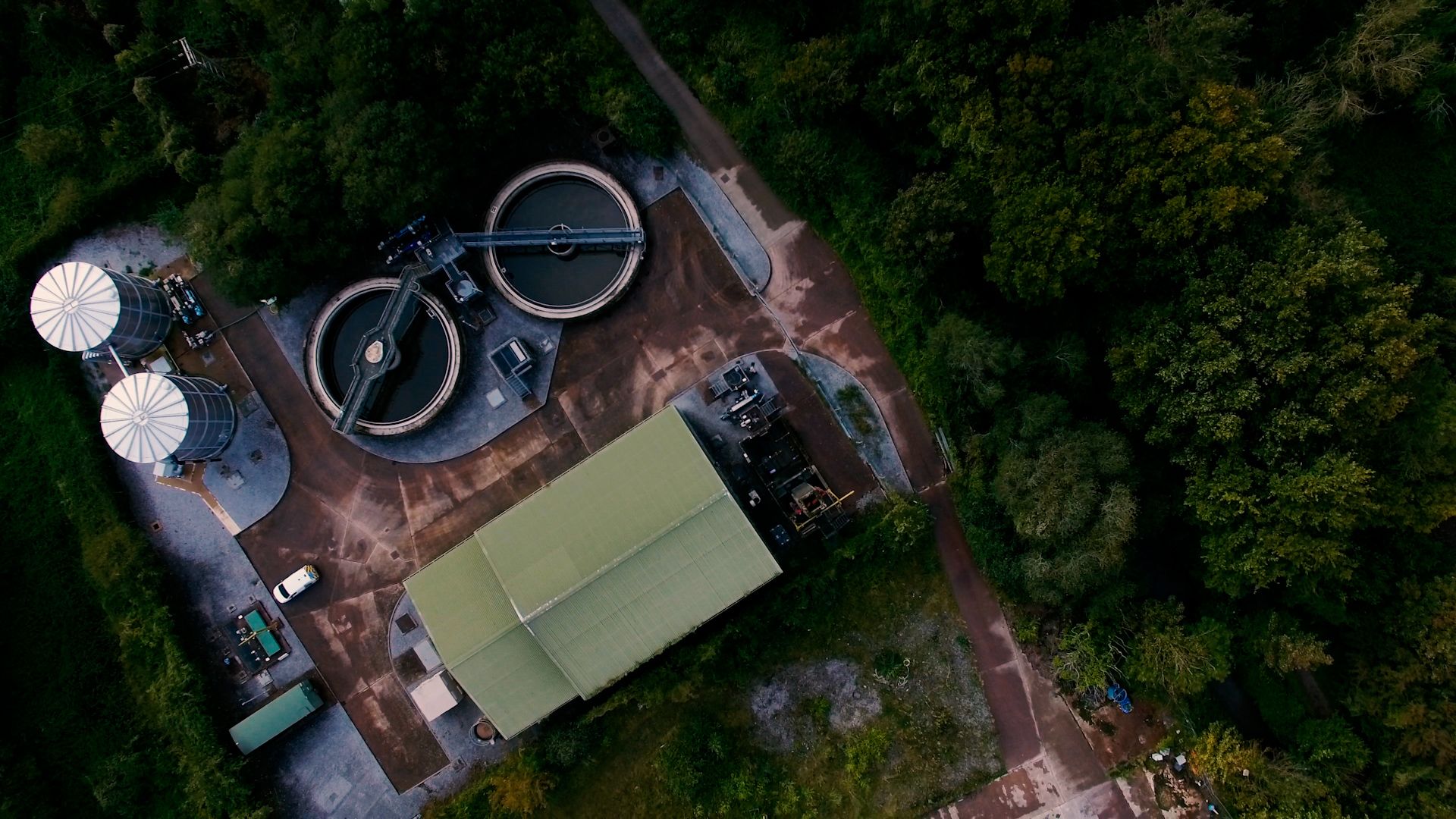
With new investment, the site is being regenerated. /CGTN
With new investment, the site is being regenerated. /CGTN
Now the Biohm team is on-site and aiming to be manufacturing by the end of the year – a very tricky year for the world at large, as it turned out.
"We've had a lot of delays because of COVID-19 of course," grimaces Ehab Sayed as he shows RAZOR around. "But from this entire space we can grow 3,000 square meters of insulation per month, which is around 20 homes' worth of insulation. So over the next two years we're going to be growing six-fold in terms of the production capacity and have space to grow about three times as big as we are at the moment."
Instead of following the typical make-use-dispose industry model, all Biohm's resources and products will be circular.
"All the energy used in the production of our materials will be from renewable sources, if not generated on-site," says Sayed. "And our materials are actually carbon-negative: they consume more carbon than they release during their production process.
"At a scale of 20 homes' worth of insulation per month, we're looking at sequestering almost six tons of carbon every month. That's the same as the work of 3,200 trees."
"For example, one square meter of mycelium insulation produced can sequester 0.8 to 1.7 kilograms of carbon, which may not seem very significant but at a scale of 20 homes' worth of insulation per month from our first facility, we're looking at sequestering almost six tons of carbon every month. And that's the same as the work of 3,200 trees."
Because no chemicals or additives are used in production, old panels can become the feed for new panels, with customers bound by contract to return materials at end of life. Another unusual aspect of this business is it's a 50-50 profit share between Biohm and The Onion Collective, meaning the community group can proselytize for the new material.
"I tell this story about what we're doing quite a lot: I'm always standing up on a stage or talking to a roomful of people," says Jessica Prendergast. "And there's always this brilliant moment when you start talking about it and then you're like 'Okay, so the mushrooms kind of eat the rubbish and then that turns into a new product. And then wait for it, hang on a minute, there's also this thing where maybe we can use mushrooms to eat plastic.' And you just see people's faces are like 'What? Sorry, what? That's not true!'"
Eating plastic
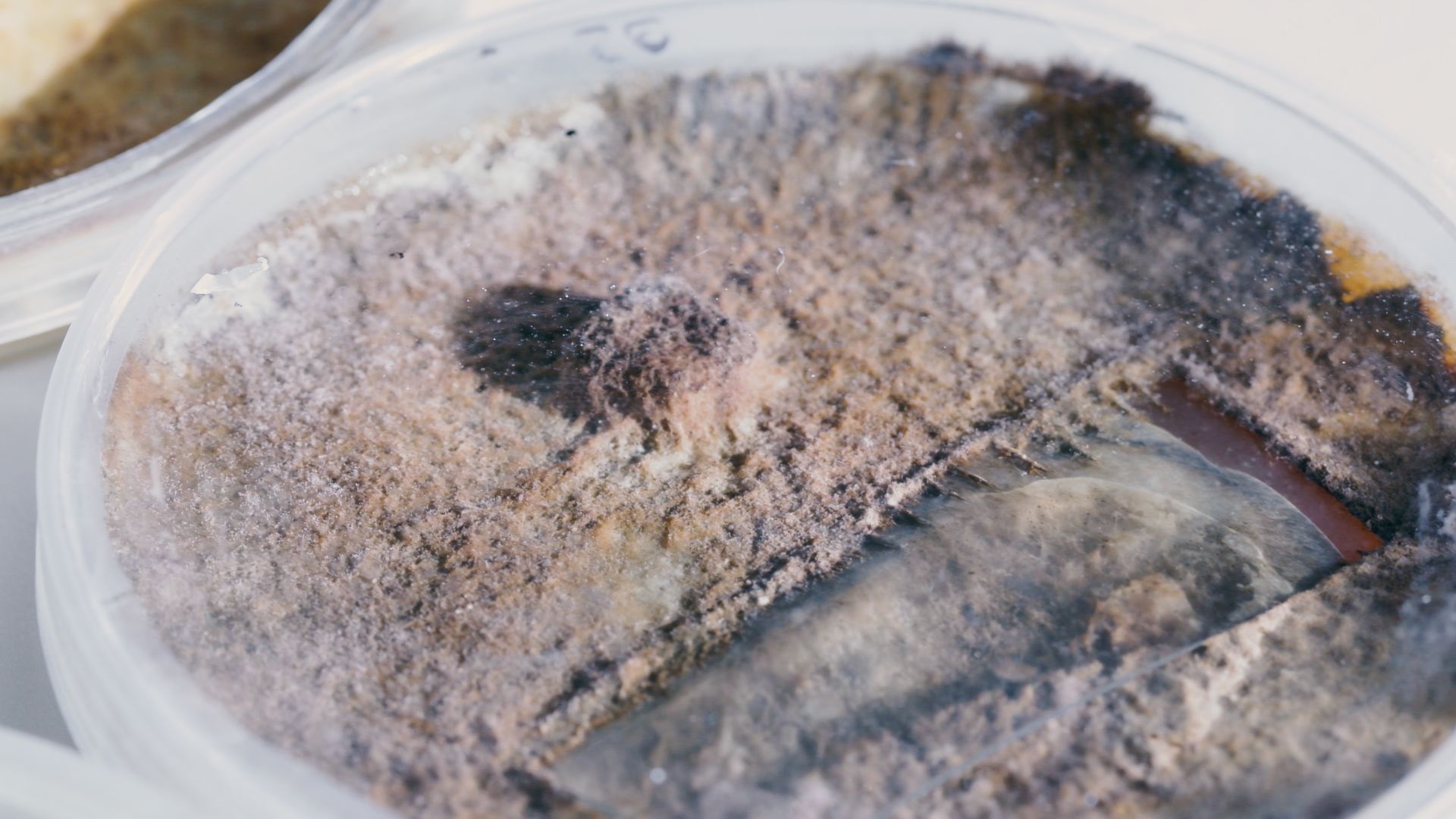
But it is. While scientists and mycologists (fungi experts) are in the know about the organisms' ability to eat plastic, it's big news to most of us – and a big opportunity for Biohm to not just make construction less bad for the planet, but actively to attack one of humankind's biggest pollution problems.
"At any given time, we're running hundreds of experiments on our plastic-eating mycelium," says Sayed – and no wonder, in such an exciting and potentially game-changing area. Biohm has received funding for this research from a large UK supermarket chain and even companies within the petrochemical industry have been in touch, interested in what mycelium could do.
Normally plastic can take anywhere from 10 to 1,000 years to break down. But in Biohm's lab, one mycelium strain consumed a piece in two months. The company's lead bio-technology engineer Samantha Jenkins is testing the effectiveness of different strains on different plastics, and utilizing the inherent flexibility of microbes to react to their environment.
"Microbiological genomes are much more flexible than our own," she explains. "If, for example, you present them with an issue such as there's nothing to eat but plastic – which is our experimental set-up that we're using – then they can adapt and evolve much quicker than for example we could as 'higher organisms.' They're much more flexible with the enzymes they can produce, how they produce them and what function they can use them for."
Biohm is using what's called directed evolution in its experiments.
"For example the characteristic we want to see is plastic degradation or faster plastic degradation, so we're taking away any other food source," says Jenkins. "And that's the stress we're putting on them: removing any food source that's easier to eat, so glucose or lignin or cellulose which is what they would normally eat."
The process is ongoing, but Jenkins and her team are zeroing in on the best candidates. "We started with about 15 strains and now we're down to about four – so we're narrowing it down to the cream of the crop."
"I keep having to give out my phone number to people in Watchet now because everyone's like 'Right, when's it ready?'"
Not that her work will be done when she picks a winner from that research process. Jenkins is also testing mycelium's ability to decompose plastic in water. One day, mycelium panels may even be grown from toxic byproducts such as plastic and oil, which would be harmlessly absorbed into the material.
Sayed, too, is combining establishing these initial expansion plans with exploring next-phase possibilities. There are already plans to build another facility in England and a third in the Netherlands, as authorities consider the possibilities of an eco-friendly construction process that also consumes waste.
"We've been invited by governments and local authorities and social enterprises from around the globe – Australia, India, all over Europe – to set up our biomanufacturing facilities in their localities," says Sayed.
Eventually Sayed wants to open-source all their technologies, which will hopefully rebuild the construction industry. But that's the big picture; right now, Watchet locals just want to get their hands on their panels – as Jessica Prendergast knows only too well.
"I keep having to give out my phone number to people in Watchet now because everyone's like 'Right, when's it ready? When's it ready?' We're like, 'Okay, nearly, we're nearly there…'
"It will be interesting to see how we deal with that combination of this big global demand – we know there's lots of interest from big firms who are kitting out huge numbers of houses – but also the local guys here and the small builders. Everyone wants to be a part of that story, so that's quite life-affirming."
Sayed agrees. "It's a really, really exciting way of showing how the industry is not separate to community, government and academia. We need to integrate all those different parts to really have a step change, especially at a time of climate crisis."
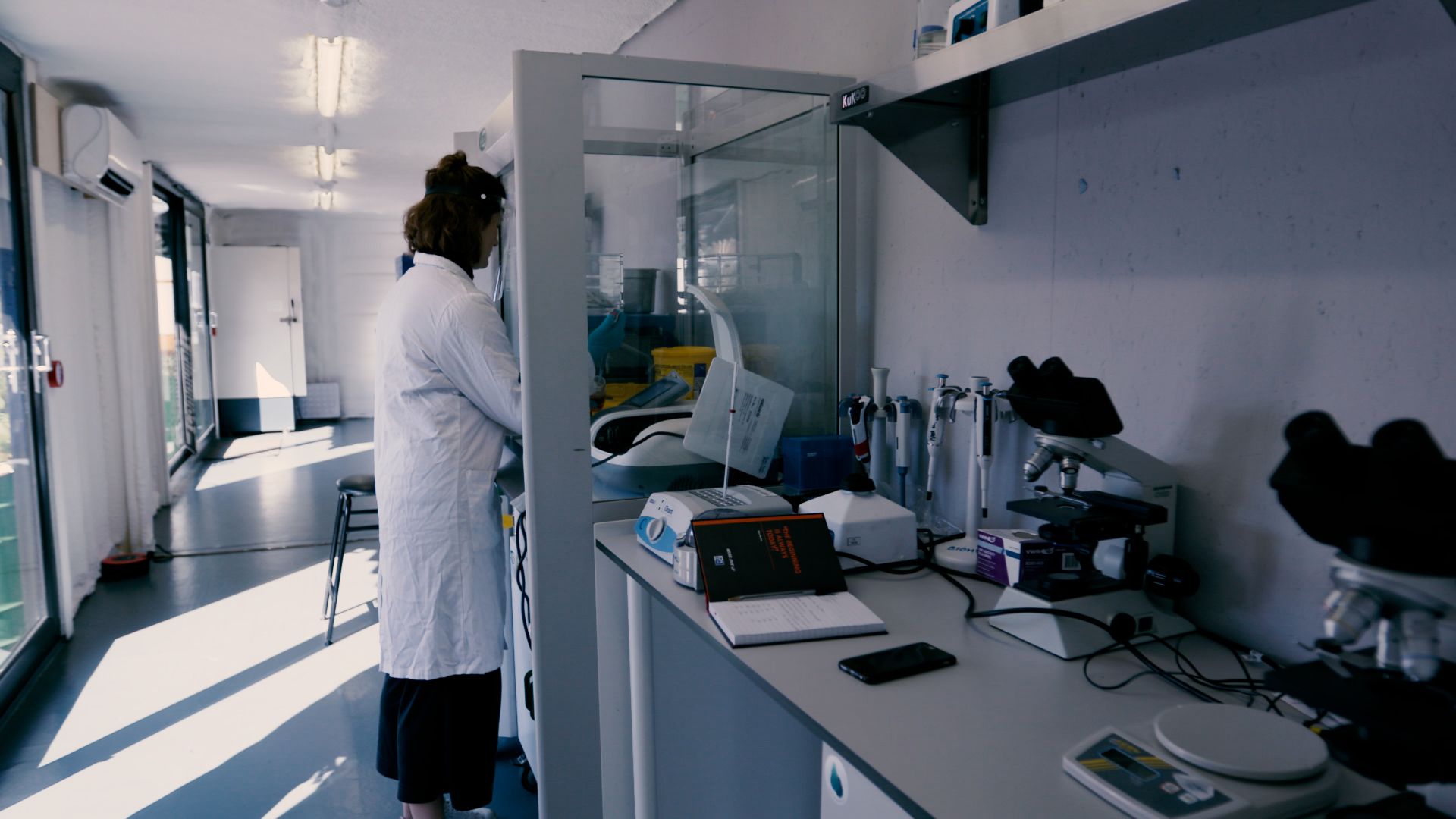
Biohm continues to refine – and expand – its ideas. /CGTN
Biohm continues to refine – and expand – its ideas. /CGTN
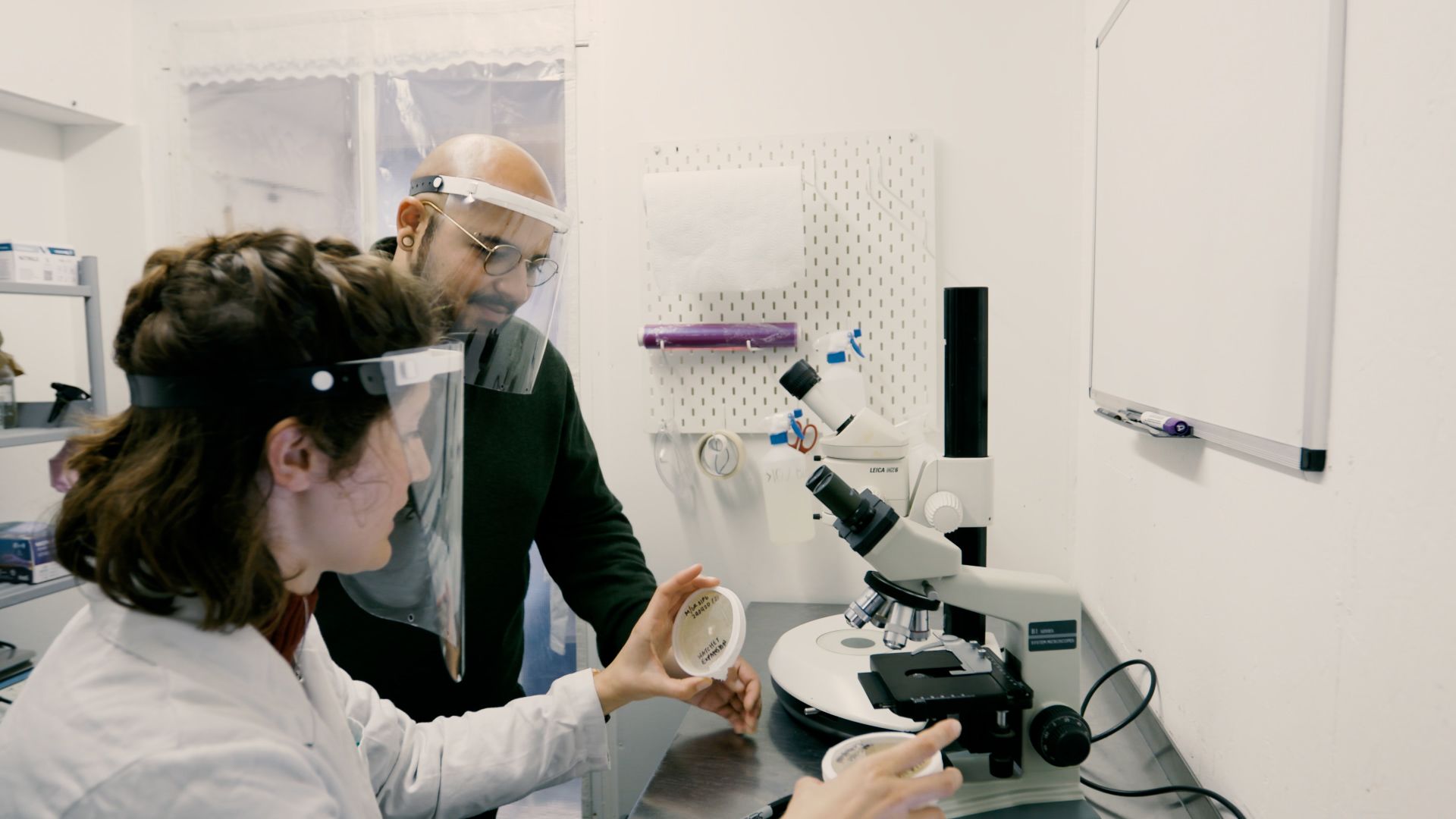
Ehab Sayed with lead biotechnology engineer Samantha Jenkins. /CGTN
Ehab Sayed with lead biotechnology engineer Samantha Jenkins. /CGTN
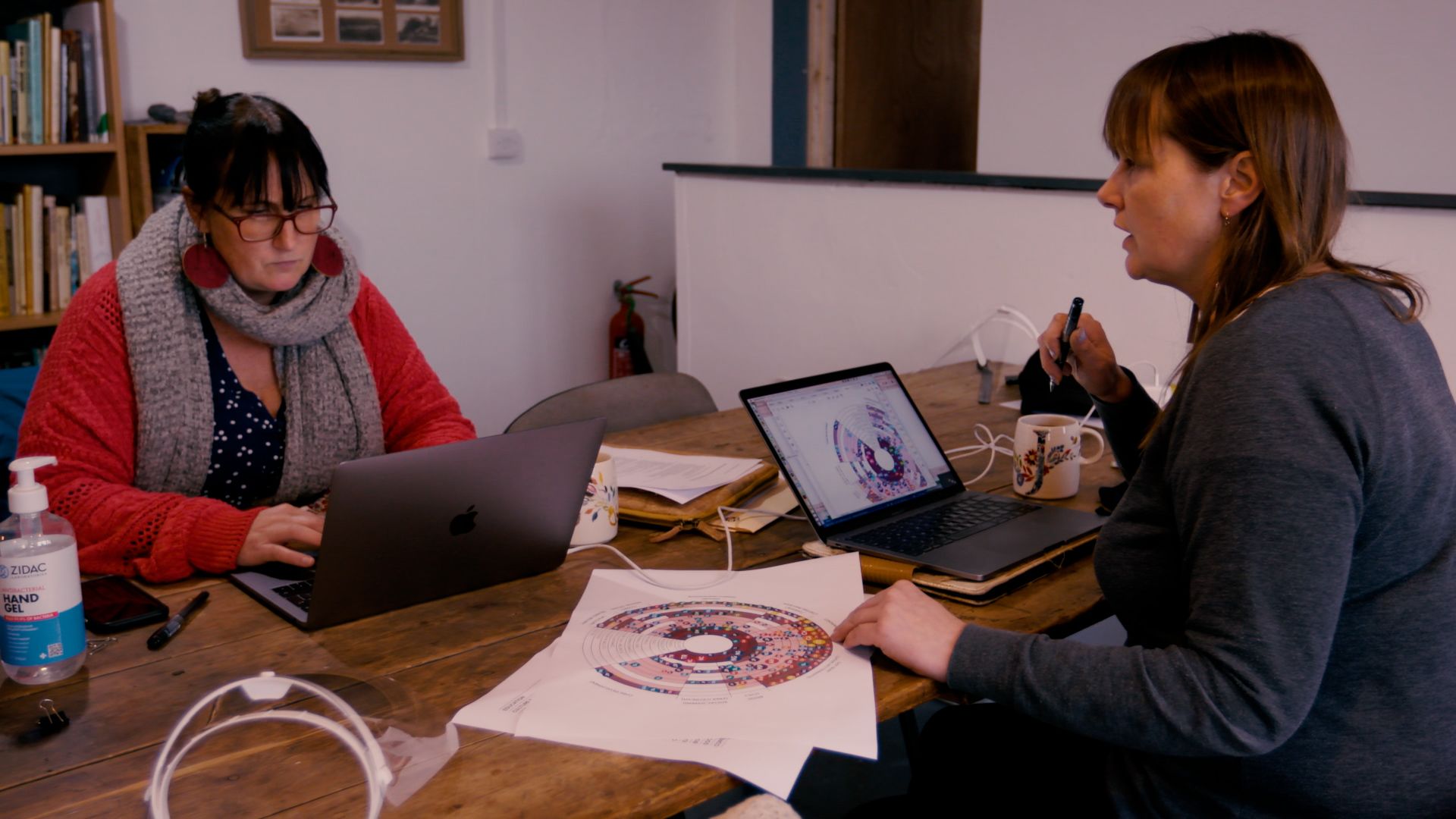
The members of the Onion Collective have to deal with an increasingly excited local population. /CGTN
The members of the Onion Collective have to deal with an increasingly excited local population. /CGTN
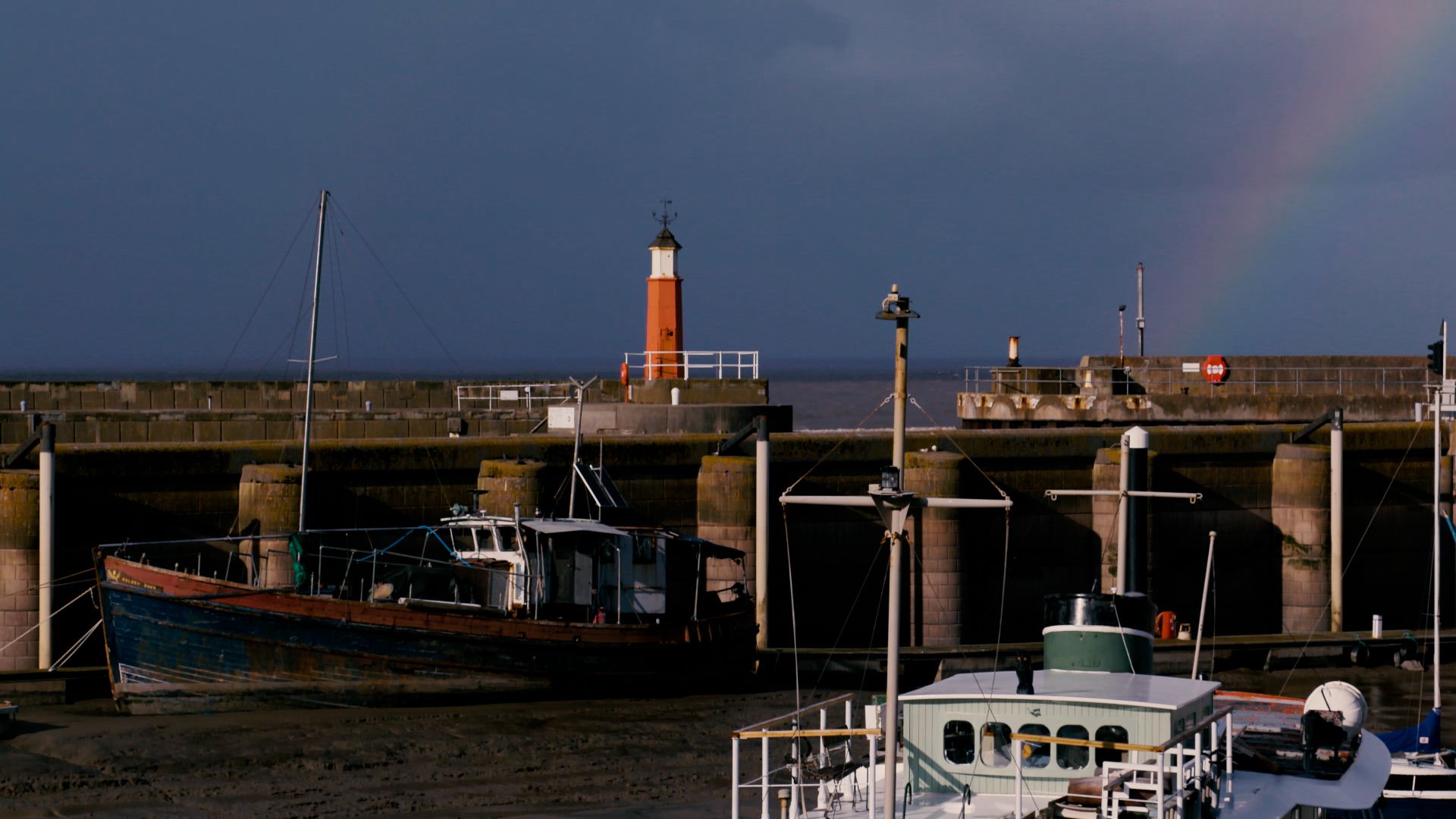
Perhaps for Watchet there is a rainbow after the economic storm. /CGTN
Perhaps for Watchet there is a rainbow after the economic storm. /CGTN